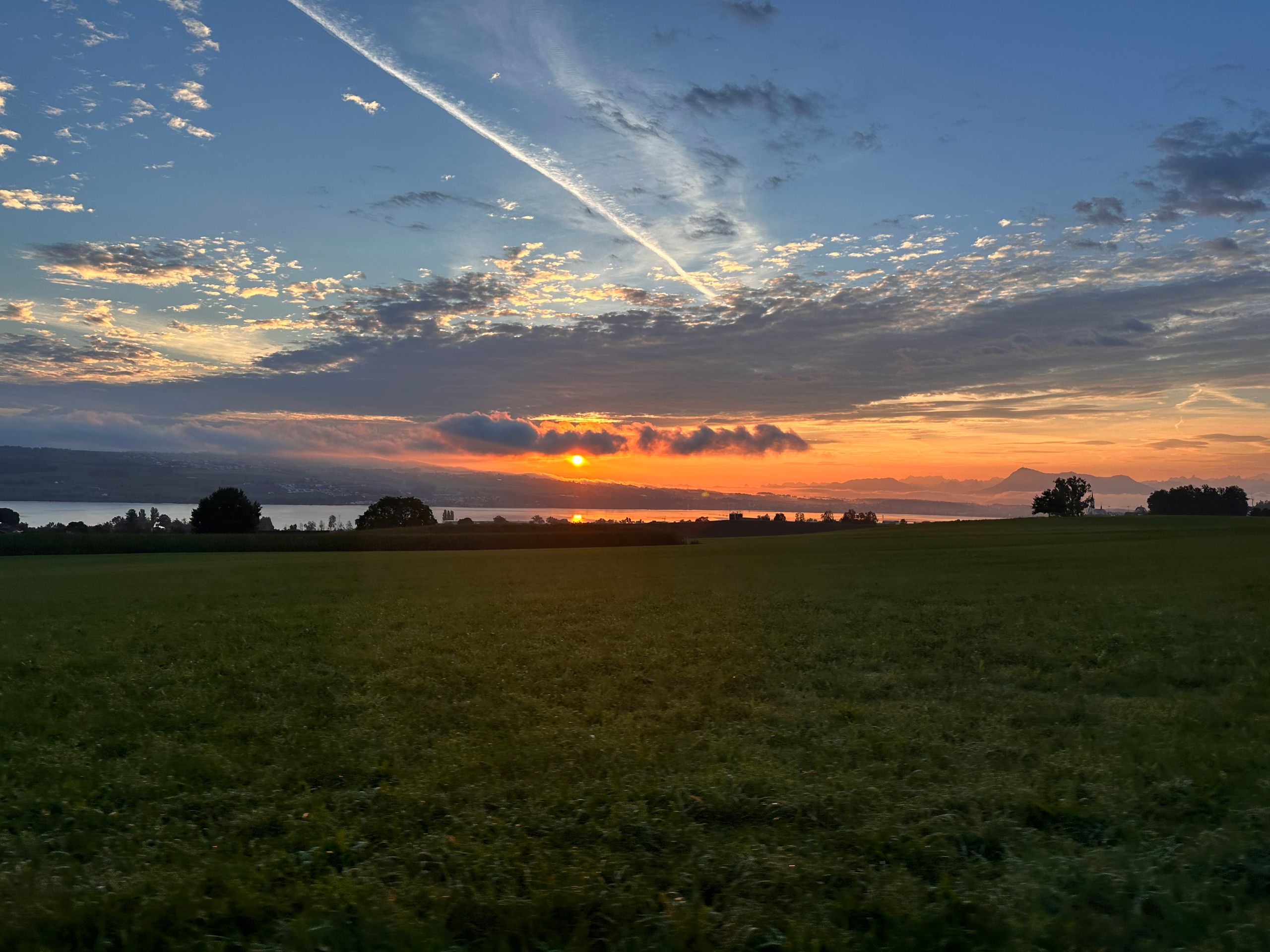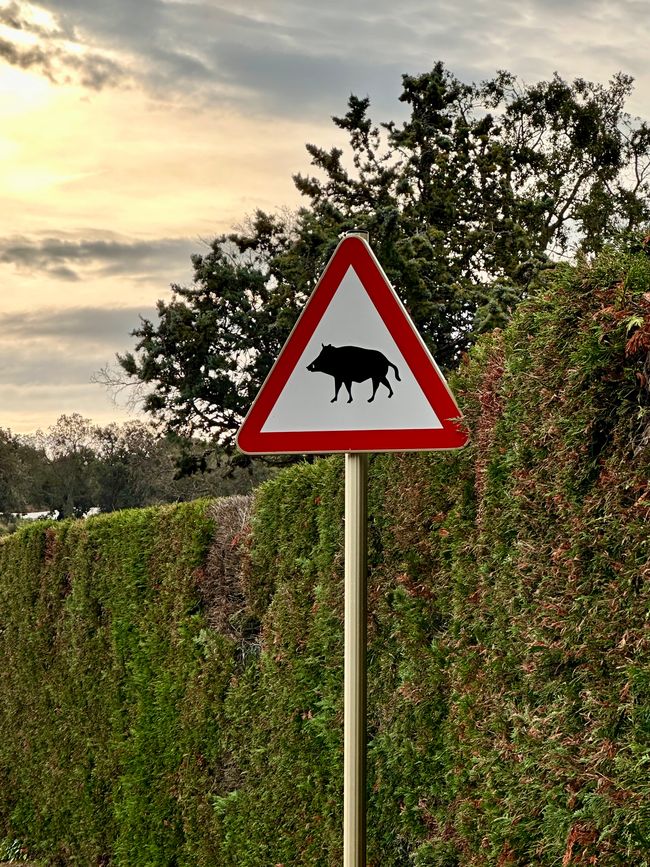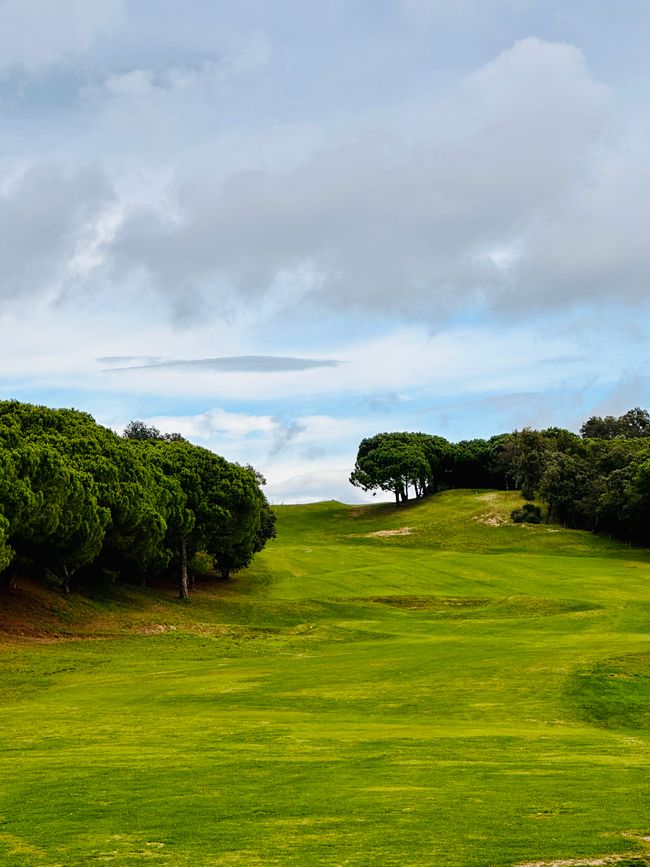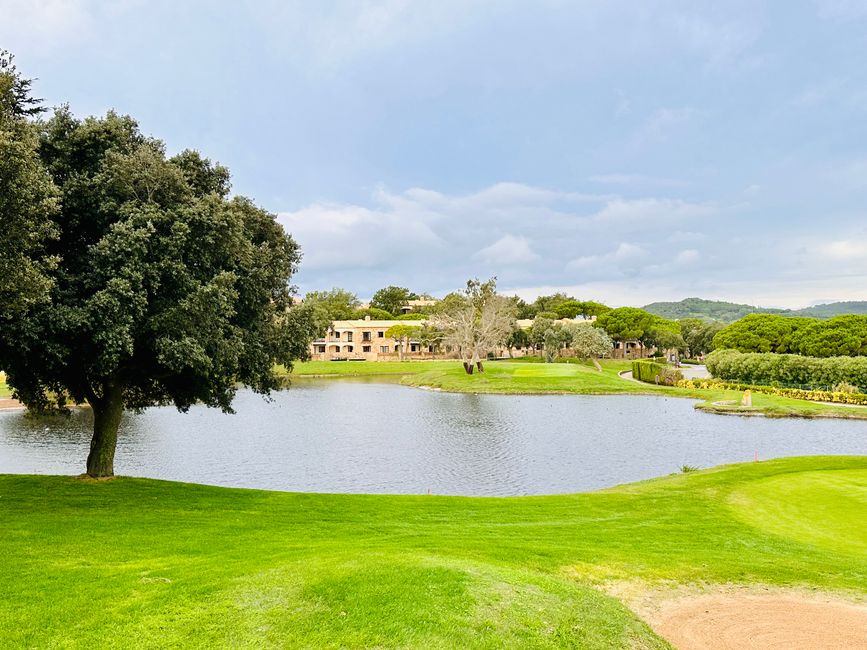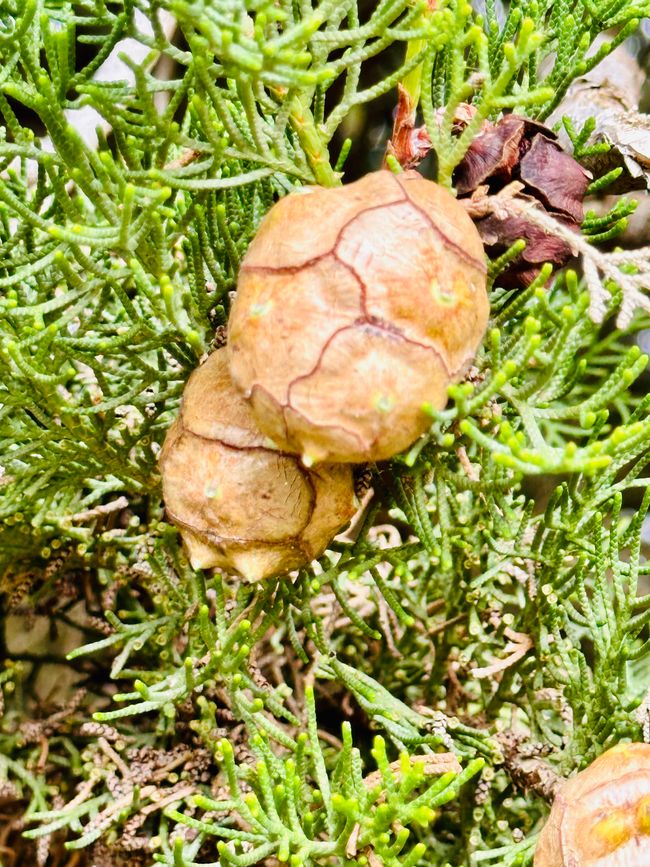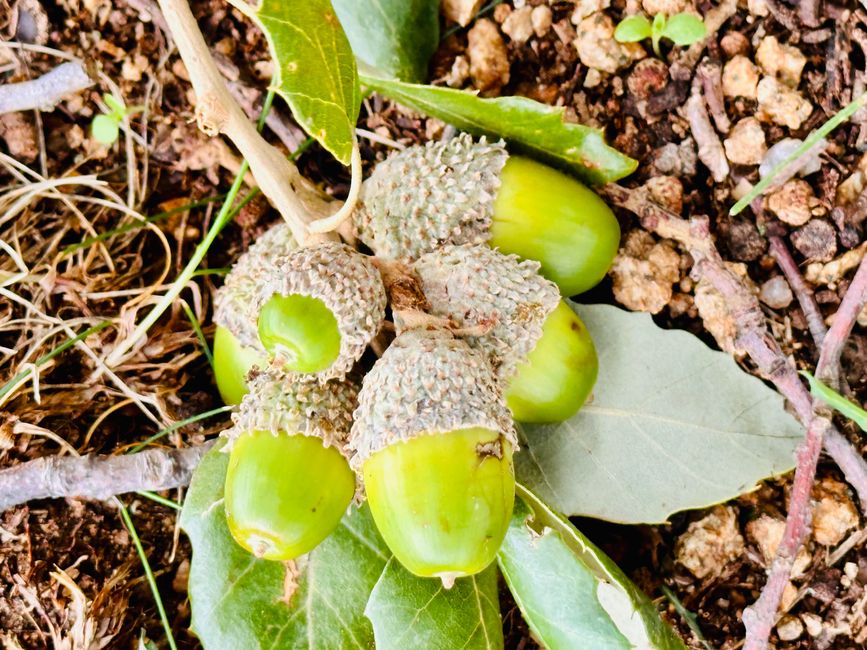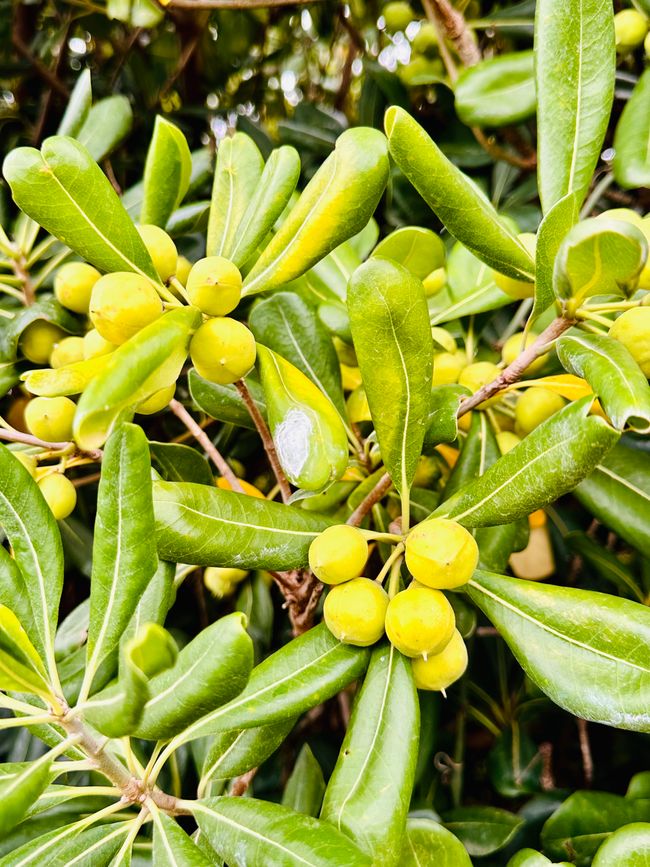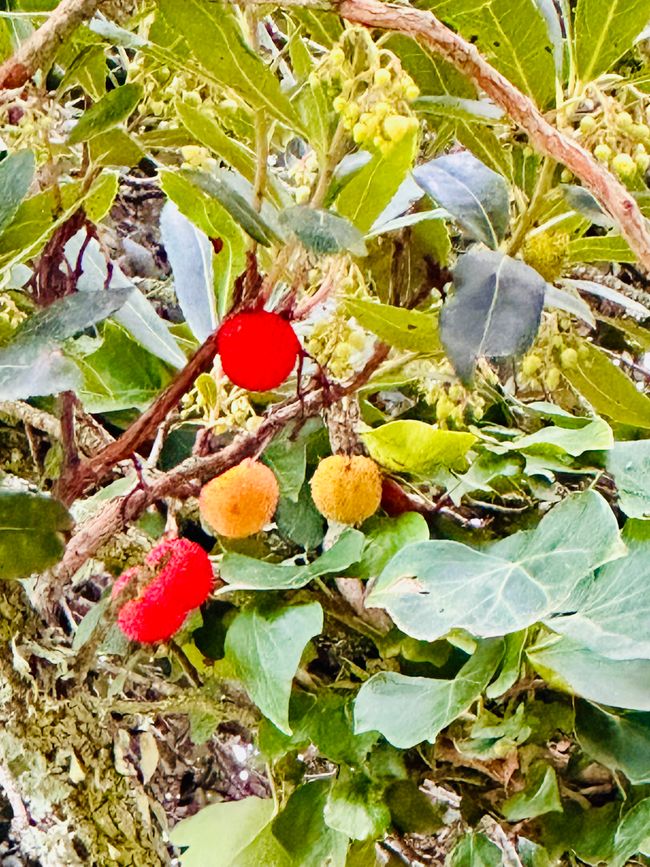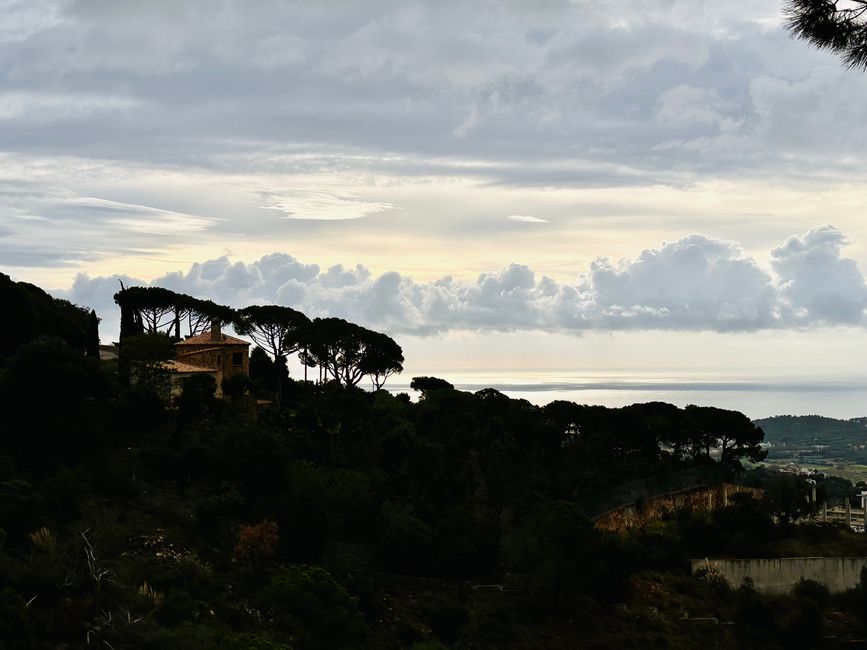Diversity of Nature
Çap edildi: 13.10.2024
Habar býulletenine ýazylyň
Today, the sun has let us down a bit. However, there is a strong wind. This strong wind in Spain, particularly in the region of Catalonia, is called Tramontana. The cold, dry wind blows from the north or northwest.
The name “Tramontana” derives from the Latin expression “transmontanus,” which means “beyond the mountains.” This refers to the origin of the wind from northern mountainous regions, especially the Pyrenees and the Alps.
The Tramontana mainly affects the northeast of Spain, particularly the region of Catalonia and the Costa Brava.
It often occurs after a cold air intrusion and can reach very strong gusts, sometimes exceeding 100 km/h, which is not very conducive when golfing. However, the Tramontana can clear the air in the region, often leading to a bright blue sky, which is a positive outcome.
In the affected regions, there's a belief that the Tramontana can influence people's moods. It is said that the wind sometimes causes restlessness or irritability; well, I hope we don’t have such side effects.
Overall, the Tramontana is a significant weather phenomenon in Catalonia and surrounding areas, shaping both the nature and the lives of people there.
At 9:24 AM, we teed off again at the golf course d'Aro. I have already described the course two days ago. Today, I was a bit more interested in the surroundings. If you look more closely, you will see a diverse nature.

The Golf d’Aro is characterized by a Mediterranean landscape with a rich variety of plants and animals.
Many pines, typical of the coastal region, are extensive pine forests, especially the Mediterranean pine and the Aleppo pine. These trees have adapted well to the dry and warm climate.
The cork oak is common in the Mediterranean forests of the Costa Brava. It is also used for cork production. These resilient trees are adapted to dry summers and occasional fires.
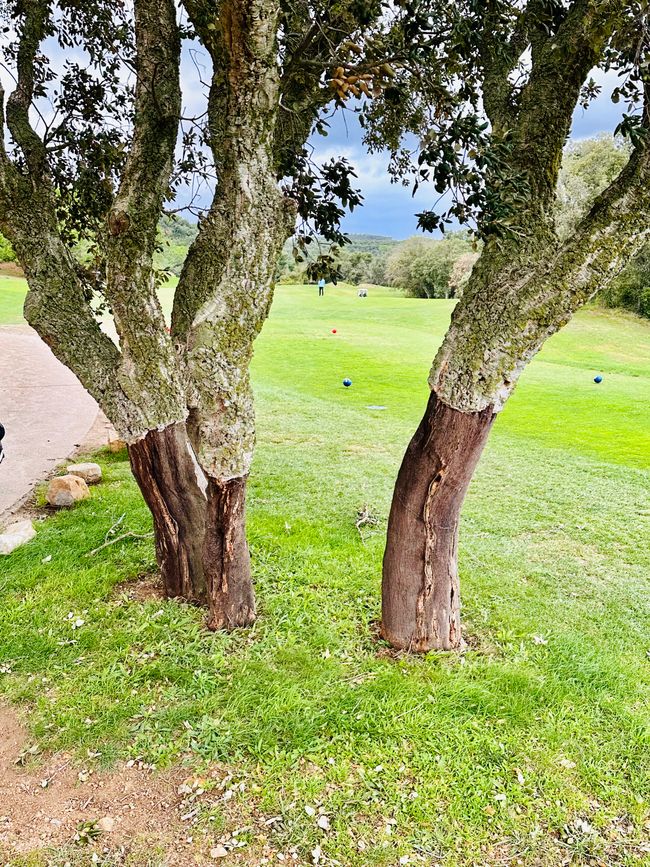
In the lower, bushy areas, there is a typical Mediterranean vegetation known as “Macchie.” Here, shrubs like rosemary, lavender, and evergreen oaks dominate. The golf course also has many olive trees, as the region's climate is ideal for olive cultivation.
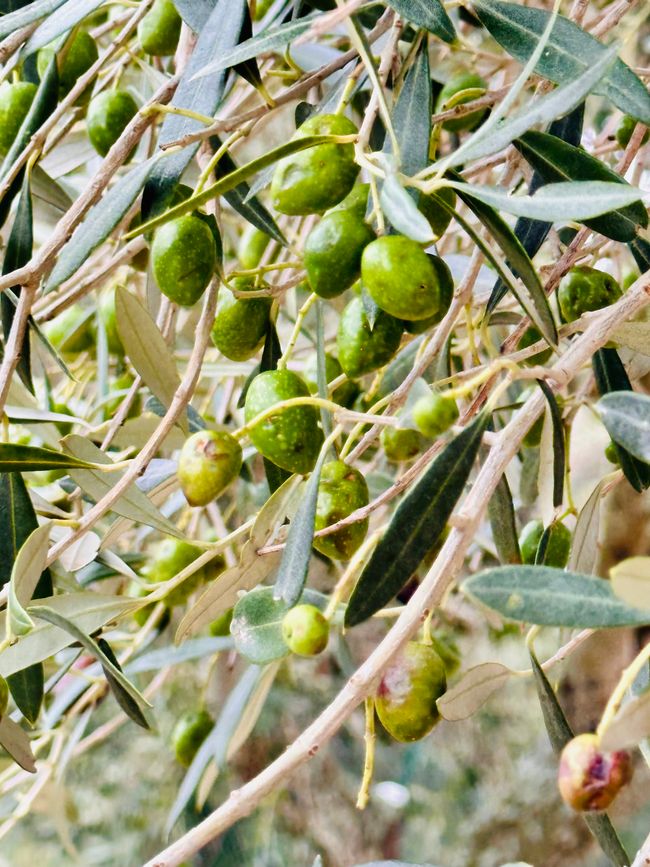
Strawberry and fig trees, also known as “Madroño” in Spanish, are widely spread in the Mediterranean region. The fruits of the strawberry tree are round, red, and have a rough, warty surface that resembles strawberries. Although they are edible, they have a rather mild, slightly tart taste and are often made into jams or liqueurs. In Spain, a traditional spirit called “Licor de Madroño” is also made from the fruits.
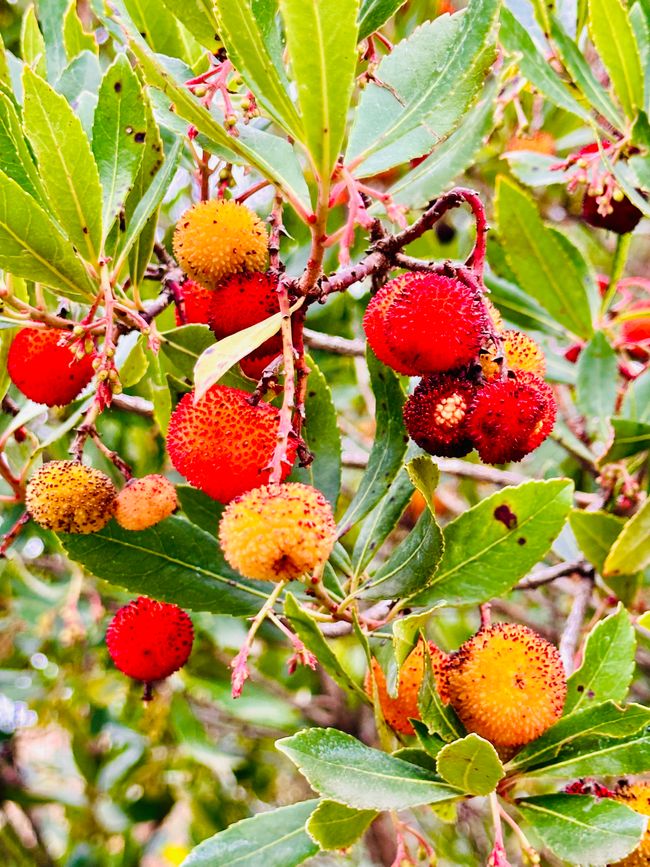
The wildlife is also impressive; besides countless birds, ducks, fish, and even turtles, it is noticeable that the entire golf club is surrounded by electric fences. This is due to the many wild boars.
Wild boars are common in large parts of Europe, including the coastal regions of Catalonia and the Costa Brava, where they are also frequently found around the Golf d’Aro. In the region around the Golf d'Aro, they mainly live in the pine and cork oak forests, but also in the bushy Macchie areas and near rivers and streams, where there is sufficient cover and food.
The electric fences surround the entire golf course to prevent the wild boars from damaging the course. I wouldn't want to encounter such an animal; adult males can weigh between 70 and 100 kg.
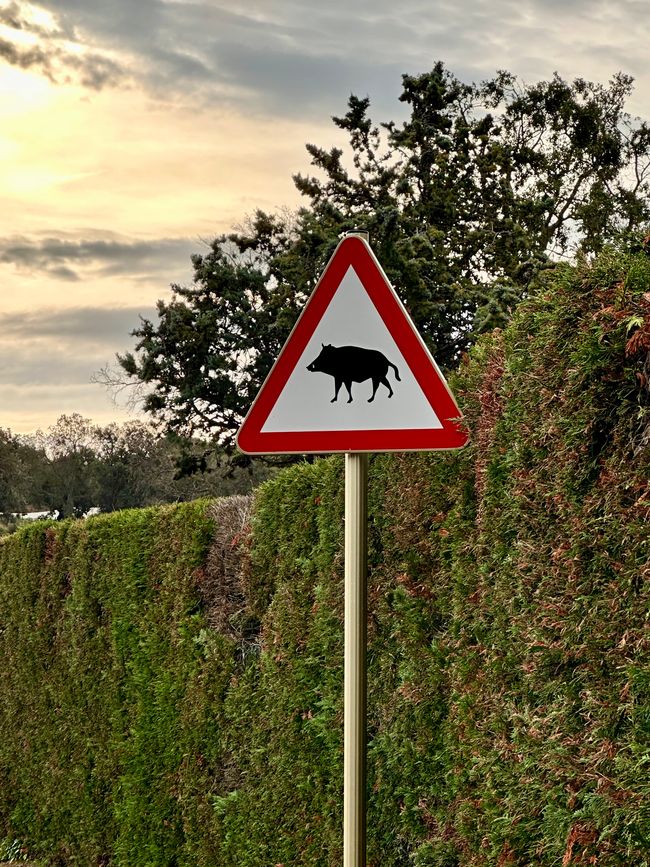
The region around and on the Golf d’Aro offers a rich variety of mushrooms, from popular edible fungi such as porcini and chanterelles to toxic species such as the green death cap. Especially in the moist autumn months, it is a paradise for mushroom collectors. We don’t know much about it and would rather not try… although some specimens look very beautiful.
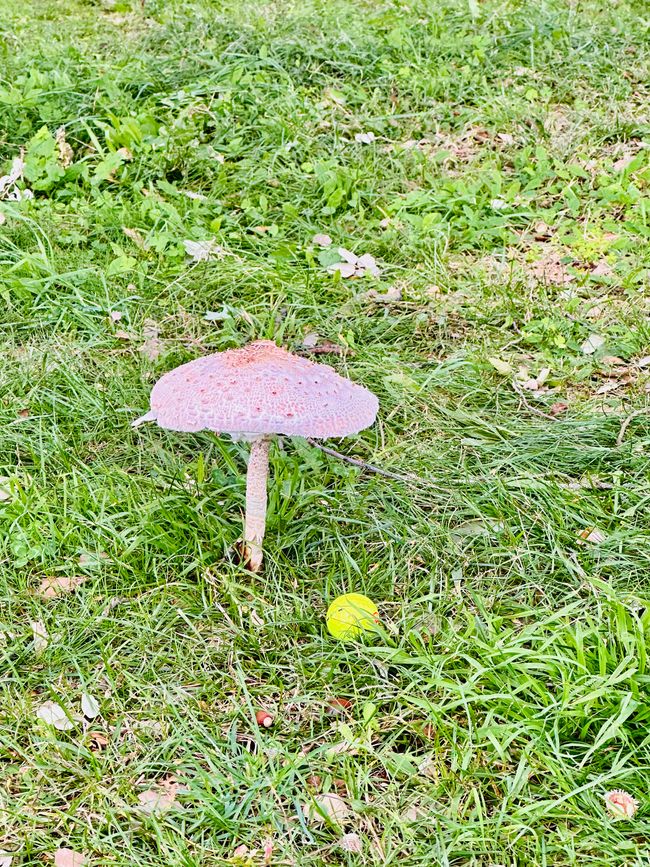
Habar býulletenine ýazylyň
Jogap
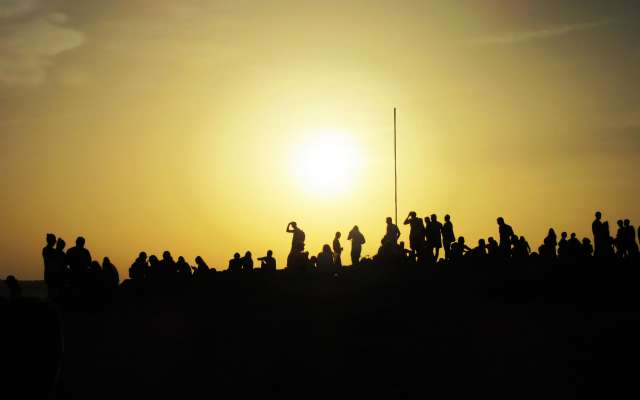
Syýahat hasabaty Ispaniýa
